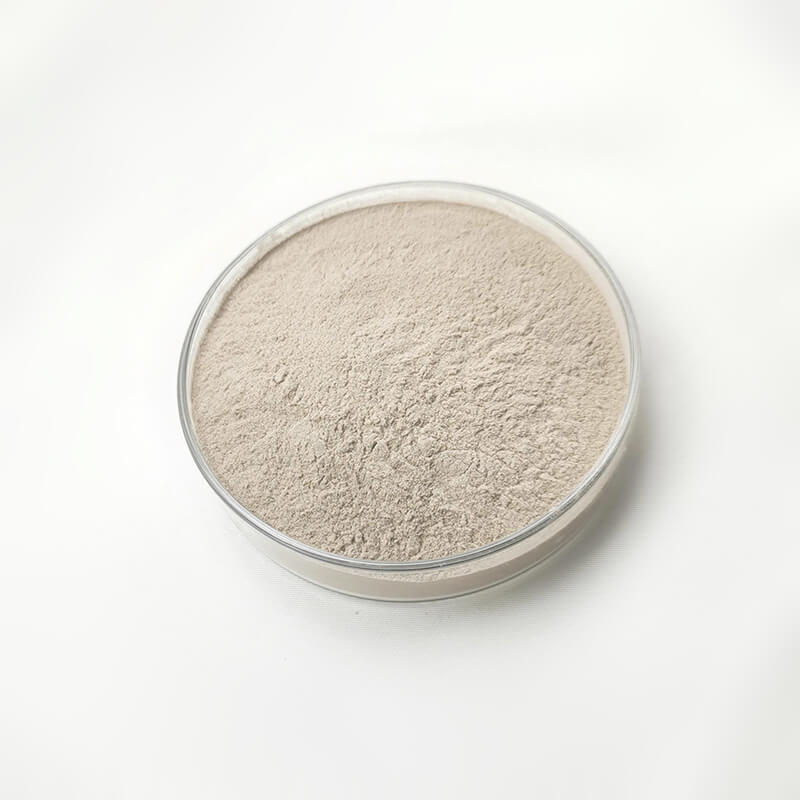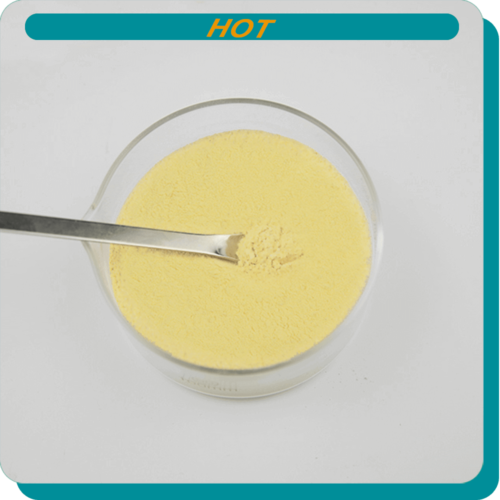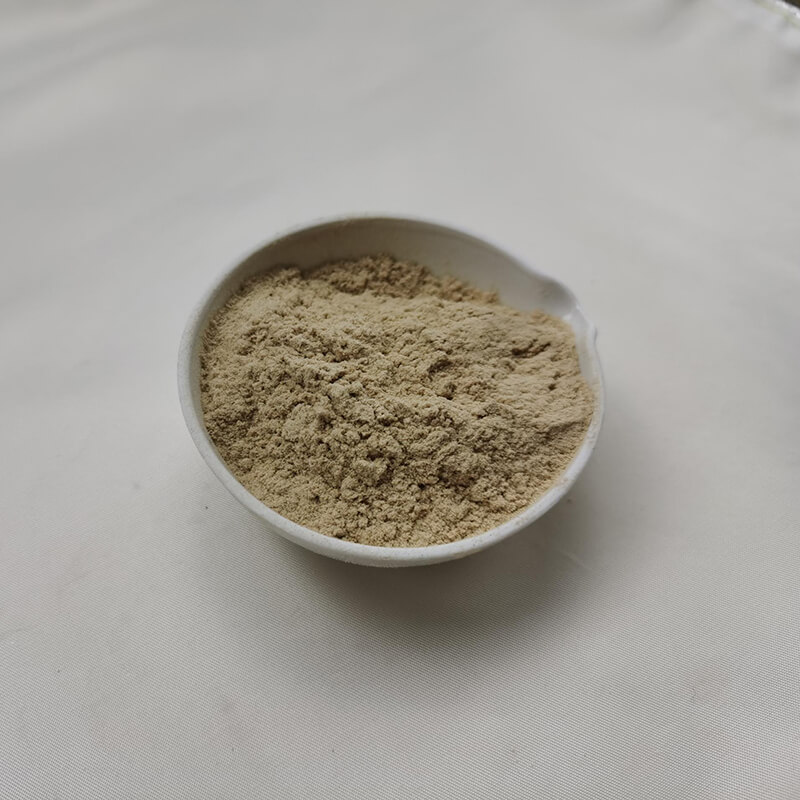In the quest for enhanced milk production and healthier dairy cows, one cannot overlook the pivotal role of yeast as a dietary supplement. At Pangoo, our dedication is not only to provide premium feed options but also to educate on the best practices for livestock nutrition. The incorporation of yeast into dairy cows' diets comes with an array of benefits that synergize to optimize feed efficiency and boost overall animal well-being.
The addition of yeast products to the feed regimen of dairy cows may seem straightforward, but it requires precision and knowledge. From understanding the types of yeast available to the proper storage and handling of these supplements, through to the assessment of their impact on cow health and milk quality, this article will serve as a comprehensive guide for dairy farmers and feed managers. Adhering closely to the recommended guidelines can lead to a sustainable and productive dairy operation.
Yeast plays a crucial role in enhancing ruminal function among dairy cattle. Implementing yeast in the diet has shown significant improvements in the health of the rumen, effectively leading to better nutrient absorption and weight gain. Yeasts, such as Saccharomyces cerevisiae, can stabilize rumen pH and reduce the risk of acidosis, a common challenge in dairy nutrition.
| Benefits of Yeast in Dairy Cows' Diet | Description |
|---|---|
| Enhanced Rumen Function | Helps maintain optimal pH and boosts good bacteria. |
| Improved Feed Efficiency | Better nutrient absorption and feed conversion. |
| Increased Milk Production | Higher quantity and better quality of milk. |
| Strengthened Immune System | Reduced incidence of diseases and infections. |
Click here for more on the benefits and uses of brewer's yeast in animal feed
Beyond rumen health, the positive effects of yeast extend to milk production. With an optimized diet, yeast can help improve milk yield and quality, which are vital parameters of a dairy farm's success. Moreover, healthier cows equate to fewer veterinary visits and a more stable, productive herd.
Choosing the most suitable yeast product is critical and can vary depending on several factors, such as the current diet of the cows, herd size, and production goals.
There are several forms of yeast products that can be considered, each with its own set of advantages and applications:
It's essential to select a product that aligns with your herd's specific needs and the logistic capabilities of your operation. Our selection of feed yeast products caters to diverse demands and is designed to fit seamlessly into any feeding strategy.

FFP-4 Feed Yeast
| Factor | Consideration |
|---|---|
| Animal Health | Tailor to the specific health needs of your cows. |
| Production Goals | Align the product with the desired milk yield. |
| Feed Compatibility | Ensure the yeast can be easily integrated into existing diets. |
Explore yeast for animal feed as a nutritious alternative
Yeast supplementation in a dairy cow's diet is not merely about choosing the right product but also about how and how much to feed. Here we will provide guidance on these key aspects.
Dosages of yeast products are determined based on the weight and productivity of the cow, as well as the yeast strain being used. It's typically measured in billion CFUs (colony-forming units) per day.
General dosing guidelines suggest:
| Cow Weight | Daily Yeast Dosage |
|---|---|
| 500kg | 5-10 billion CFUs |
| 600kg | 6-12 billion CFUs |
| 700kg | 7-14 billion CFUs |
It is essential to follow the manufacturer's recommendations and to adjust dosages according to the responses observed in milk production and overall cow health.
Yeast can be administered in various ways, with the goal of ensuring even distribution among the consumed feed.
Common administration methods include:
| Administration Method | Advantages |
|---|---|
| TMR Mixing | Ensures uniform distribution |
| Concentrated Blends | Targets specific times for supplementation |
| Top-Dressing | Allows for flexibility in dosing |
Learn how feed yeast can improve livestock health and productivity

FFP-5 Soluble Feed Yeast
The ultimate goal of incorporating yeast into a dairy cow's diet is to reap the maximum potential benefits. Here's how you can ensure that happens:
The Total Mixed Ration, or TMR, is designed to provide every nutrient a cow requires in one feed. When yeast is added to TMR, it's important to confirm the mixture's uniformity, ensuring that each cow receives an equal share of the benefits.
Tips for optimizing yeast supplementation in TMR:
Following initial supplementation, close monitoring of the cows' response in terms of health, behavior, and productivity is paramount. This observational data will guide future adjustments to the feeding regime to maintain or even enhance results.
Key metrics to monitor include:
To ensure the effectiveness and viability of yeast products, proper handling and storage are non-negotiable.
The viability of yeast cells can decline if not stored correctly, which can directly impact their effectiveness as a feed supplement.
To maintain viability:
Aside from proper temperature conditions, protecting yeast from contaminants is crucial to avoid spoilage and maintain its nutritional value.
Storage best practices include:
Discover a comprehensive guide to feed yeast for livestock and poultry
An integral component to any change in dietary regimens is the assessment phase. When you incorporate yeast into the diets of dairy cows, vigilance in observing the effects is crucial for the long-term success of your supplementation strategies.
The health of dairy cows can be gauged by examining a variety of indicators, particularly those that relate directly to their interaction with yeast supplements.
Important health indicators include:
Alongside health, the effects on milk quality and quantity are telling signs of whether the yeast is beneficial.
Milk production factors to monitor:
| Factor | Importance |
|---|---|
| Volume | Directly related to financial returns |
| Composition | Impacts milk grade and pricing |
| Somatic cell count (SCC) | Indicates udder health |
While immediate changes are noteworthy, the long-reaching implications of yeast in a dairy cow's diet cannot be overstated. Optimizations may lead to consistent improvements in herd fertility, lifespan of the cows, and reduced environmental pressures from the farm.
When it comes to intricate elements like cattle feed, seeking the expertise of professionals is always advisable.
Veterinary nutritionists and feed specialists can provide valuable insights based on the latest research and their own clinical experiences. They play a pivotal role in crafting a balanced diet that considers all aspects of animal welfare and productivity.
Advantages of specialist consultations include:
Documented cases of successful yeast integration can offer guidance and highlight potential outcomes for similar efforts, helping to build a strategic framework for your own feeding protocols.
Detailed case studies provide:

FFP-6 Saccharomyces cerevisiae
Learn about the top 5 benefits of using animal feed yeast
With any dietary modification in livestock comes queries and sometimes misconceptions. Here we aim to address some frequently asked questions and common concerns regarding the use of yeast in dairy cow diets.
Farmers often have questions about how to properly use yeast products. We welcome these inquiries as they reflect a commitment to the wellbeing of the herd.
Some of these questions might include:
Answers to such questions should be rooted in science and practical experience and will further inform the correct usage of yeast products.
Myths and misunderstandings can hinder the potential benefits of yeast. Clarifying these can help in making informed decisions that are beneficial to both cows and the dairy operation.
Some common myths that need clarity:
Through education and transparency, we aim to dispel such myths and demonstrate the real value yeast can add to a dairy farm.
Sustainability in dairy farming is not just a buzzword; it's a commitment to practices that ensure the long-term health of the environment, the cows, and the dairy products.
When you choose to incorporate yeast into your feeding strategies, you are also choosing a path that supports ecological conservation.
Yeast supplementation contributes to sustainability by:
Yeast fits well into a holistic approach to farming that prioritizes the environment, animal wellbeing, and farm economics.
Steps to ensure sustainability include:
Discover more about yeast as a sustainable and nutritious feed alternative
With a market that offers a range of options, understanding the specifics of various yeast feed products is necessary for making the best choice for your dairy herd.
A breakdown of the products offered can guide you in selecting the most appropriate option. The function, form, viability, and track record of the yeast products should influence your decision-making.
Key comparisons involve:
Investing in a yeast product is a decision that can shape the trajectory of a farm's success. It's vital to have all relevant information at your disposal.
Considerations for purchase should include:
Browse our range of yeast feed products to improve cow health
As we conclude this comprehensive guide, let us encapsulate the best practices in feeding yeast to dairy cows.
Understanding the intricacies of yeast supplementation is essential for:
It is our recommendation to:
Incorporating yeast into the diets of dairy cows can have profound effects on milk production, animal health, and environmental impact. By adhering to the professional guidelines and best practices laid out in this article, dairy farmers can fully exploit the potential of this powerful feed supplement.
Q: Can yeast be used with organic dairy farming practices? A: Yes, there are yeast products that are suitable for organic farming as long as they meet the standards set by organic certification bodies.
Q: How does the cost of yeast supplement compare to the benefits gained? A: While there is an initial investment, the return in terms of improved milk production, better cow health, and reduced feed waste often justifies the cost of yeast supplements.
Q: Will yeast supplements interfere with other components of the cow's diet? A: When properly incorporated, yeast supplements work synergistically with the cow's diet without adverse interactions.
Boost your poultry business with brewer's yeast for chickens
Endeavoring into yeast supplementation can mark the beginning of a more productive and sustainable path for any dairy operation. Sharing knowledge and best practices ensures that the dairy industry progresses in a direction that benefits all involved, from the farmer to the consumer.